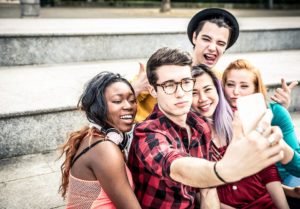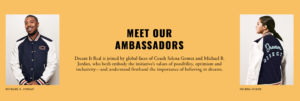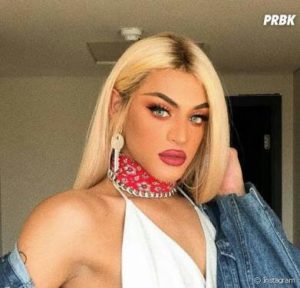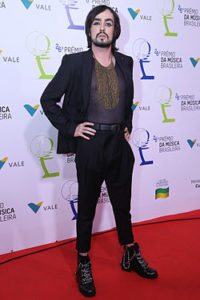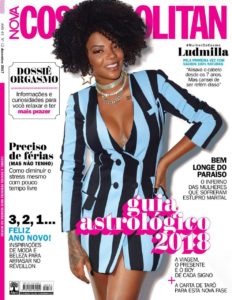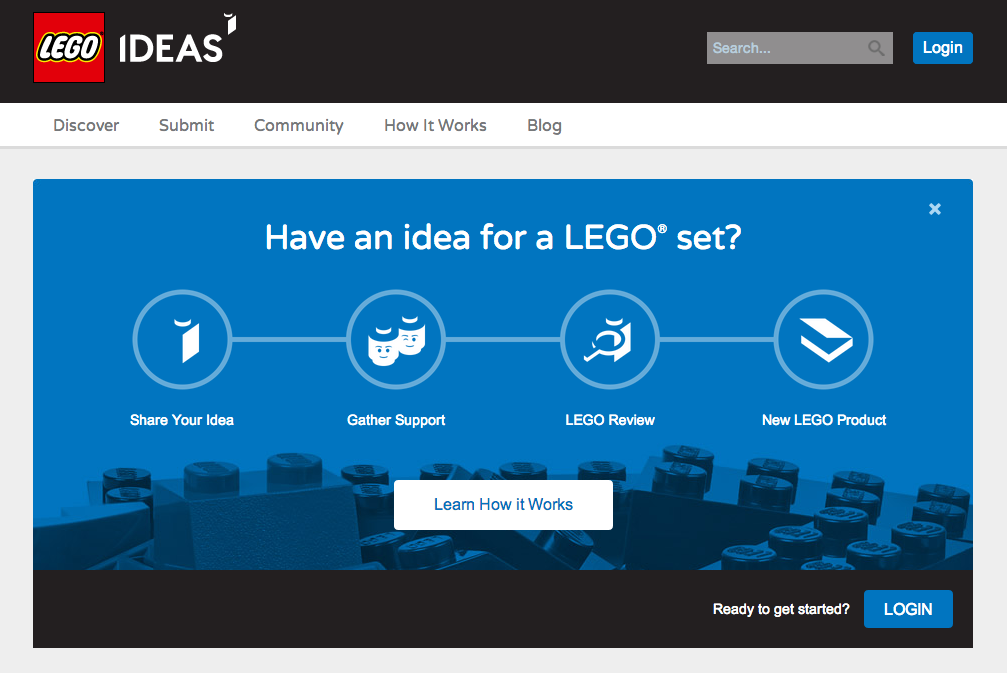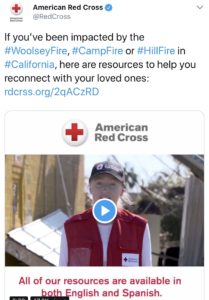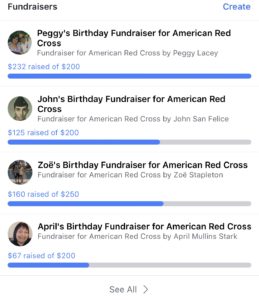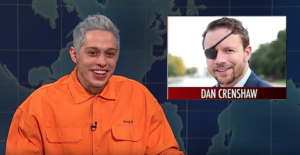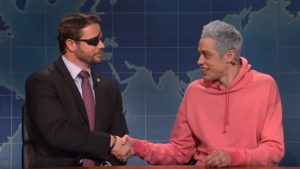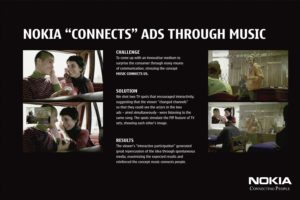I am blown away by how my 9-year-old son with complete ease shifts between multiple devices in a single session. In one sitting he actively engages with content across several channels simultaneously. He is playing Fornite online with a group of friends on one device, chatting with other friends on Twitter using another mechanism, listening to background gaming music, and somehow he manages to add YouTube to his media mix on the TV screen. For me that is information overload on steroids but not for him and his fellow Gen-Zers!
These digital natives (born approximately between 1995 – 2012) are not only tech and social media savvy but are a group of socially conscious youngsters that are the next consumer powerhouse that is reported to have access to $44 billion in buying power according to a study released in January 2017 by IBM and National Retail Federation. That kind of spending power is requiring companies to bring their A-game to their Z-game strategy to figure out how to earn this mobile-focused and high-spending global cohort’s precious dollars. The keys to unlocking the doors to reach my son and his generation are content and delivery channels. So how do brands get their attention? Keep reading to get some useful tips and see how some brands are doing it.
Content is key number one. When it comes to crafting messages, rather than talking about the functionality of the product/service, marketers need to emphasize the value from practical and emotional standpoints. Apple does a great job in this area. For example, instead of talking about how the iWatch can tell time, it highlights the watch’s value. For instance, it is a health management tool that helps you monitor your well-being and is a companion for your workouts.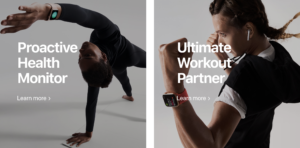
Another good practice is using inclusive language as well as be transparent and genuine in your communications and interactions. Gen-Zers are a socially conscious group, so they expect the organizations they do business with to be good corporate citizens that are socially responsible, engaging in work that supports and uplifts communities. It’s imperative to not only to talk about corporate social responsibility but to demonstrate it in the organization’s actions.
So now that you have some ideas on content strategy, how do you make sure all of your hard work in developing these wonderful messages reach the young powerhouses? One way that Coach – a modern luxury handbags and collections lifestyle brand – is doing it, is through its Brand Ambassadors – Michael B. Jordan and Selena Gomez. The philanthropic arm of the brand, Coach Foundation, partnered with the pair for the foundation’s Dream It Real initiative that focuses on the values of possibility, optimism and inclusivity to assist young people around the world with making big dreams a reality. And it seems to be working!
While staying up to speed on technological trends is essential, in addition to be socially responsible, research conducted by Cigna in 2018 found that a significant number of Gen-Zers experience social isolation and feel the need for some human interaction. This makes a strong case for brands to be intentional in appealing to Gen Z’s natural desires for in-person and face-to-face connections. One strategy is incorporating a new content construct in the organization’s marketing communications plan that blends Gen Z’s physical and digital worlds. Jodi Harris of Content Marketing calls this “phygital”. This unique blend of physical and digital experiences can be designed to create immersive, multisensory and mixed-reality content and interactive events that resonate with Gen-Zers in meaningful and thoughtful ways. Some examples include virtual reality gaming, pop-up stores, and micro-theme parks. These can be fun and effective methods used to satisfy the loneliness that Gen-Zers may experience while still appealing to their digital preferences (Harris, 2018).
This certainly is not a comprehensive list of what you need to consider for marketing to Gen Z, but hopefully, it sheds some useful insight on how you can bring your A game to your Z game.
References
Apple. (2018). Retrieved from https://www.apple.com/watch/
Cigna. (2018). 2018 Cigna U.S. loneliness index. Retrieved from https://www.multivu.com/players/English/8294451-cigna-us-loneliness-survey/docs/IndexReport_1524069371598-173525450.pdf
Coach. (2018). Retrieved from https://www.coach.com/dreamitreal
Forbes Business Development Council. (2018, February 22). 13 strategies for marketing to generation z. Retrieved from https://www.forbes.com/sites/forbesbusinessdevelopmentcouncil/2018/02/22/13-strategies-for-marketing-to-generation-z/#3e15ba3831c3
Harris, J. (2018, October 23). The abcs of connecting with generation z. Retrieved from https://contentmarketinginstitute.com/2018/10/connecting-generation-z
Perlstein, J. (2017, November 27). Engaging generation z: Marketing to a new brand of consumer. Retrieved from www.adweek.com/digital/josh-perlstein-response-media-guest-post-generation-z/
Smithson, N. (2018, April 4). Marketing to gen z: What everyone over the age of 30 ought to know. Retrieved from https://blog.hubspot.com/marketing/marketing-to-gen-z
Williams, K. C., Page, R. A., Petrosky, A. R., and Hernandez, E. H. (2010). Multi-generational marketing: Descriptions, characteristics, lifestyles, and attitudes. Journal of Applied Business and Economics, 11(2), 1 – 18.

